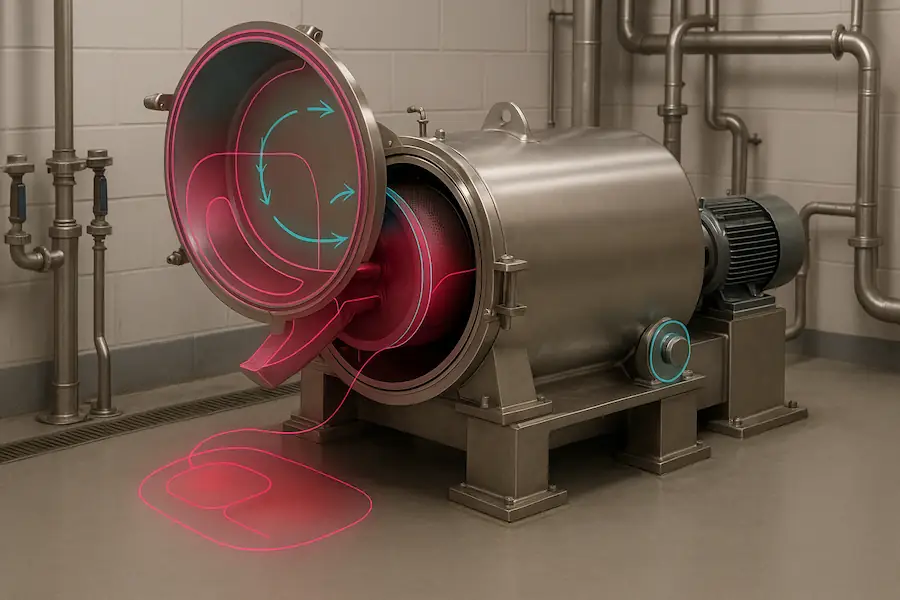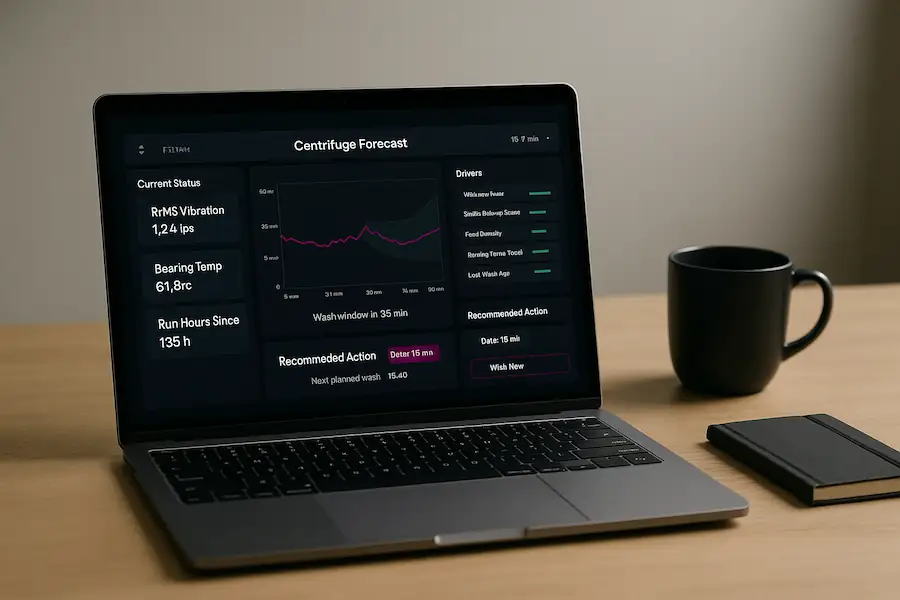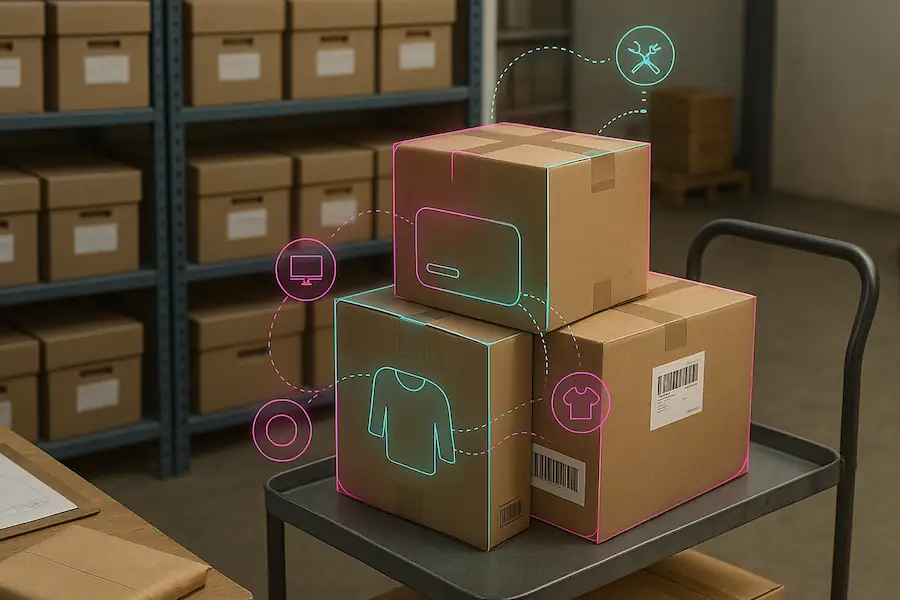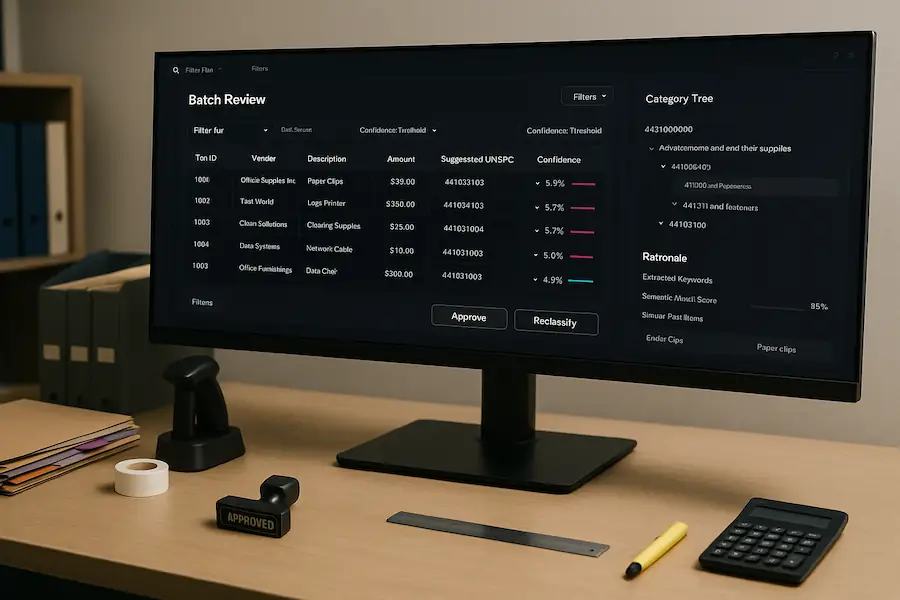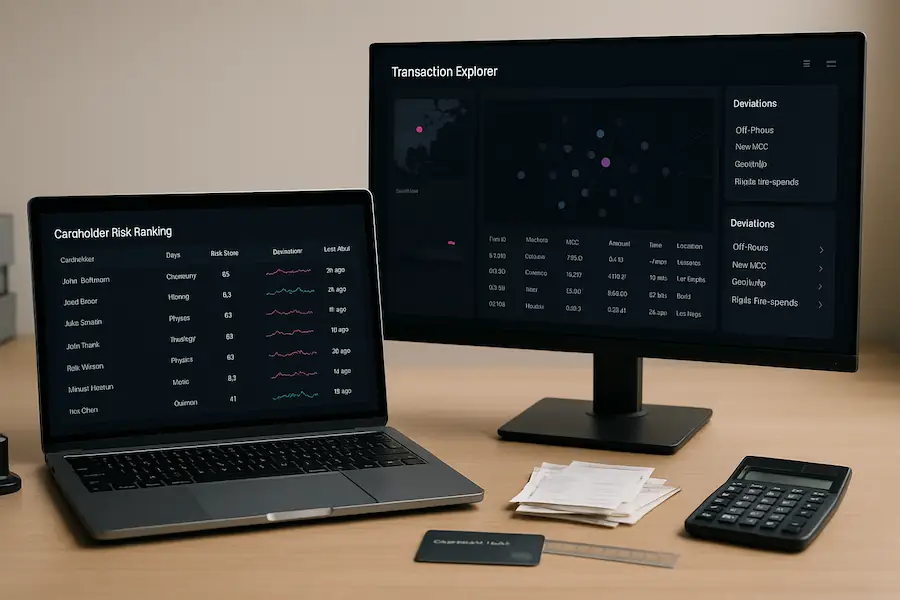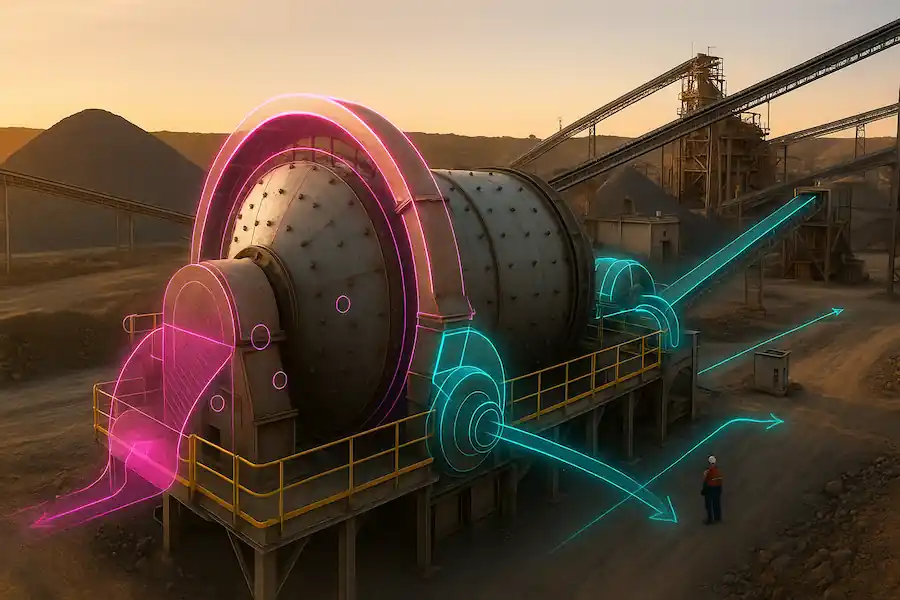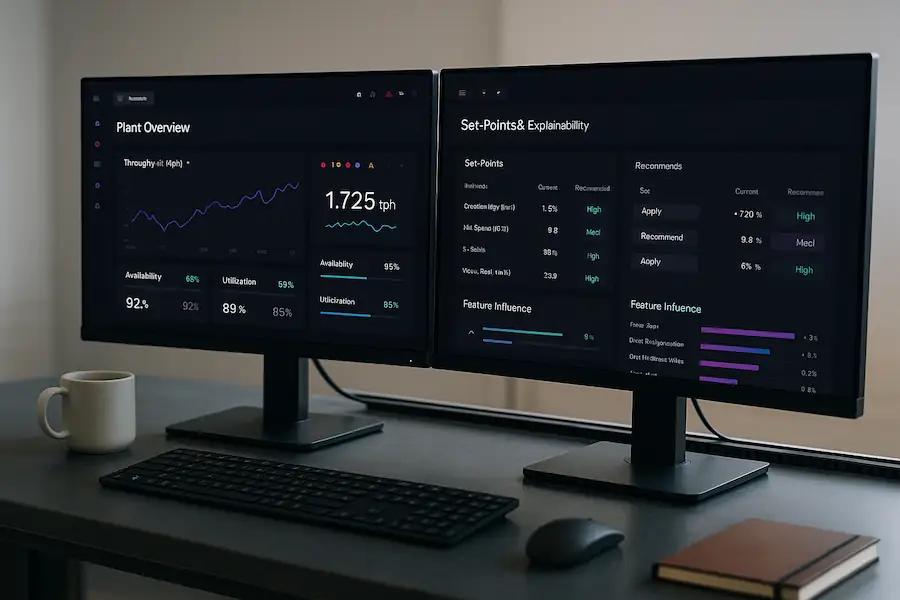Overview
We worked with Wesfarmers Chemicals, Energy & Fertilisers to predict crop nutrient uptake needs so fertilisation can be scheduled promptly. Our predictive regression models achieved over 85 percent accuracy, meeting the 80 percent deployment threshold and aligning with lab result accuracy ranges of 80 to 90 percent.
Problem
Lab analyses of plant and soil samples did not always arrive in time to act optimally, given changing weather and varying crop needs.
Solution
- Predictive models: Developed regression models that estimate nutrient uptake needs with more than 85 percent accuracy.
- Deployment-ready: Designed to meet a minimum 80 percent accuracy requirement, comparable to lab result accuracy of 80 to 90 percent, so estimates are available as soon as samples are taken.
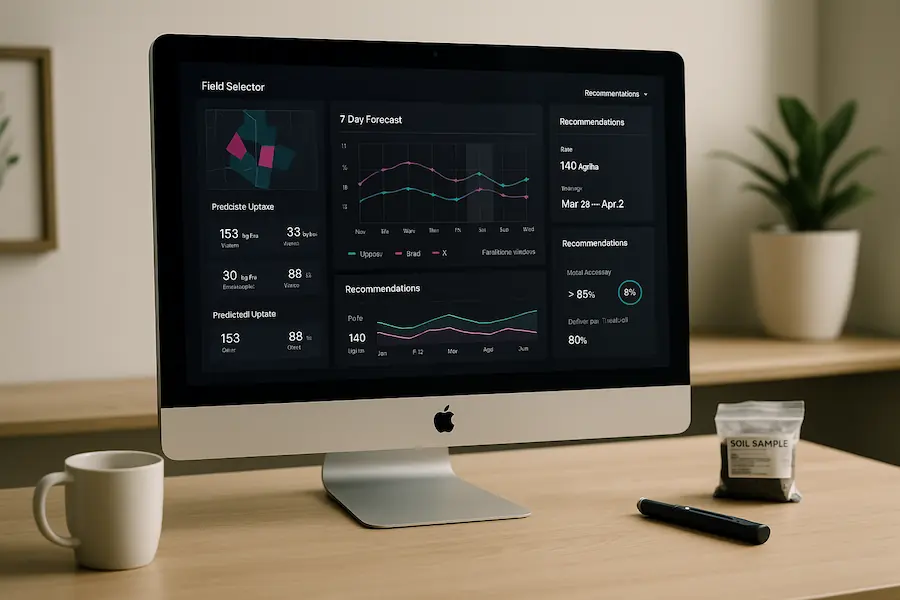
Result
- Model accuracy: Over 85 percent for nutrient uptake estimates.
- Benchmark: Within the 80 to 90 percent lab result accuracy range and above the 80 percent deployment threshold.
- Operational impact: Earlier estimates enable timely fertilisation aligned to conditions, reducing risk of over or under fertilisation.


